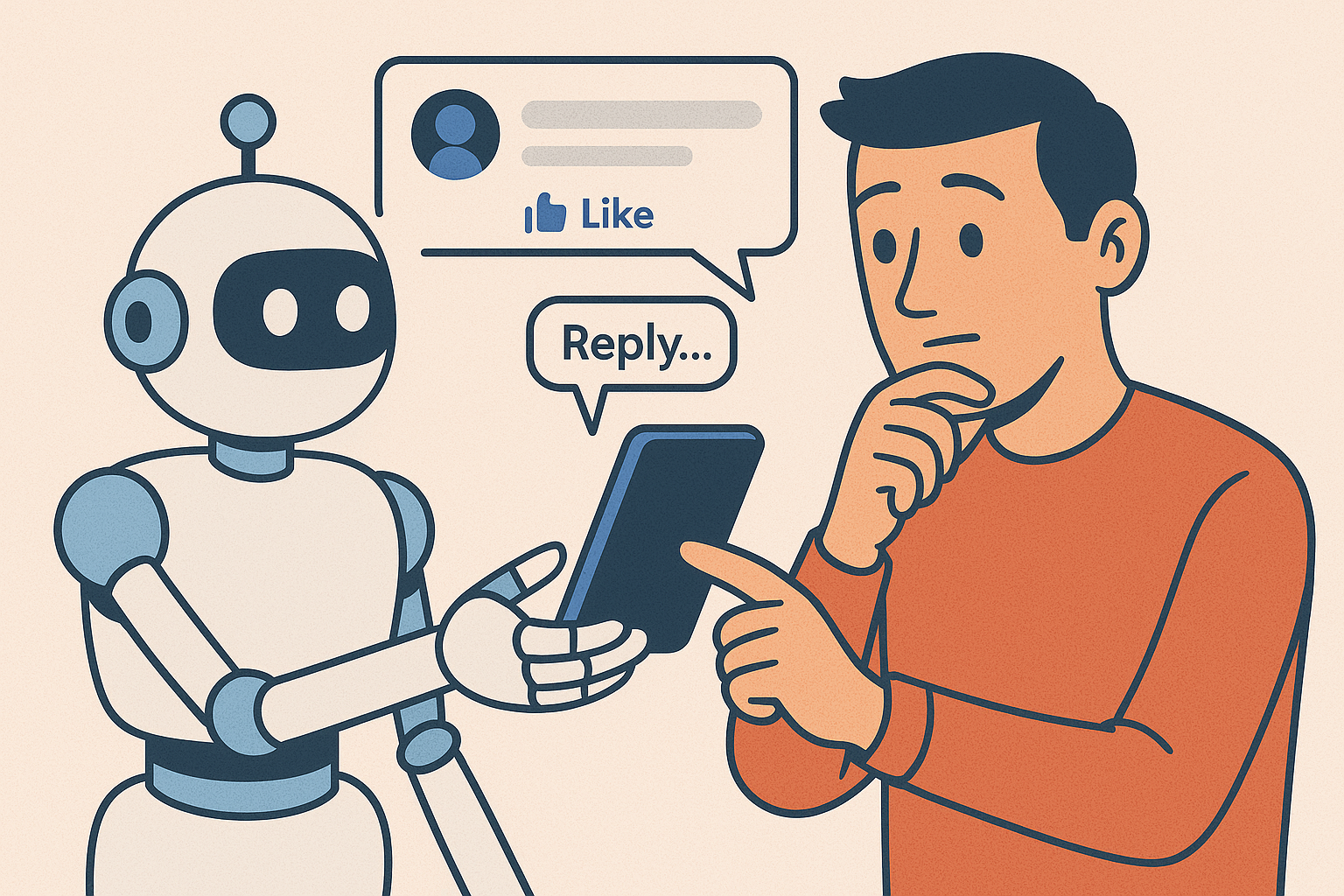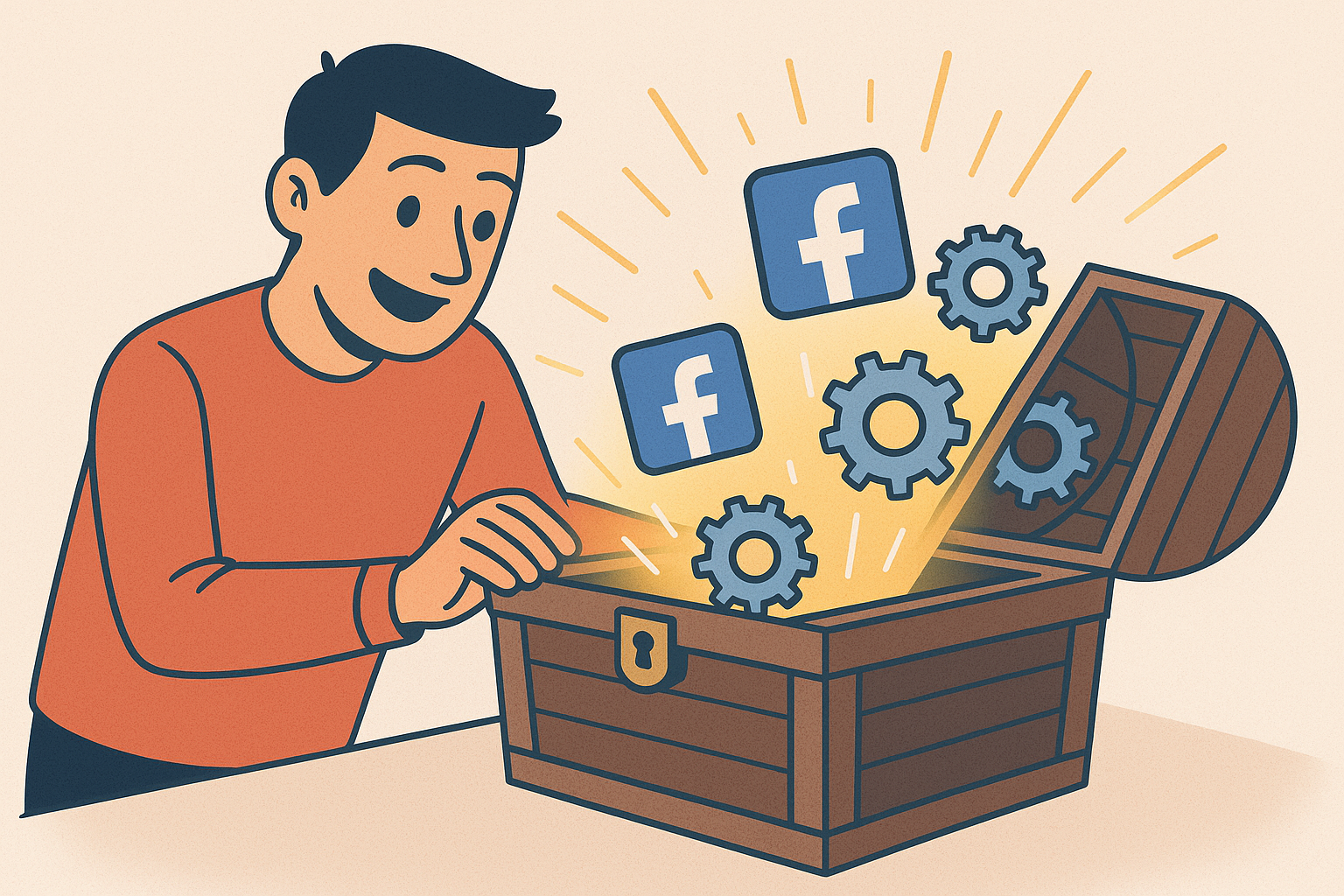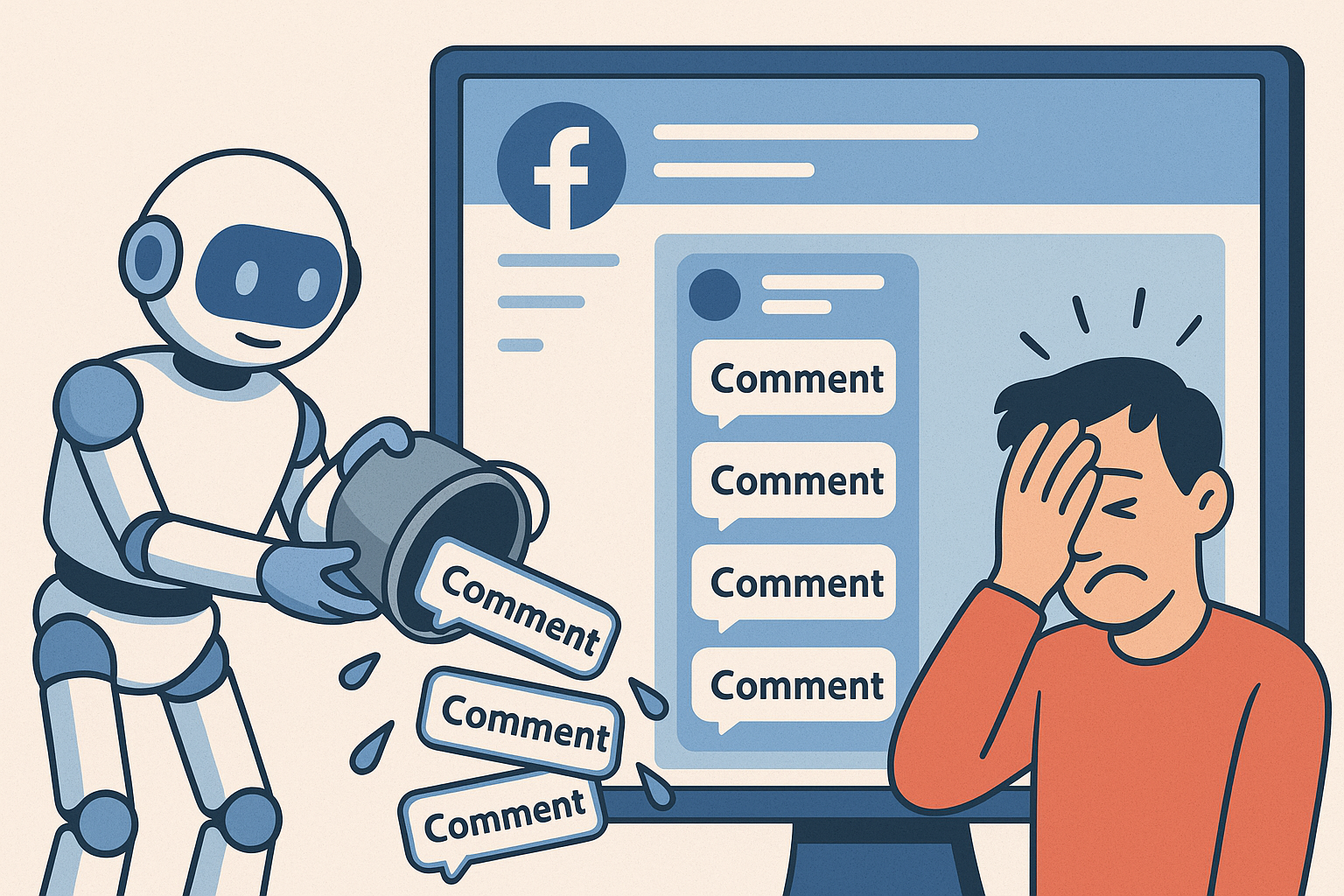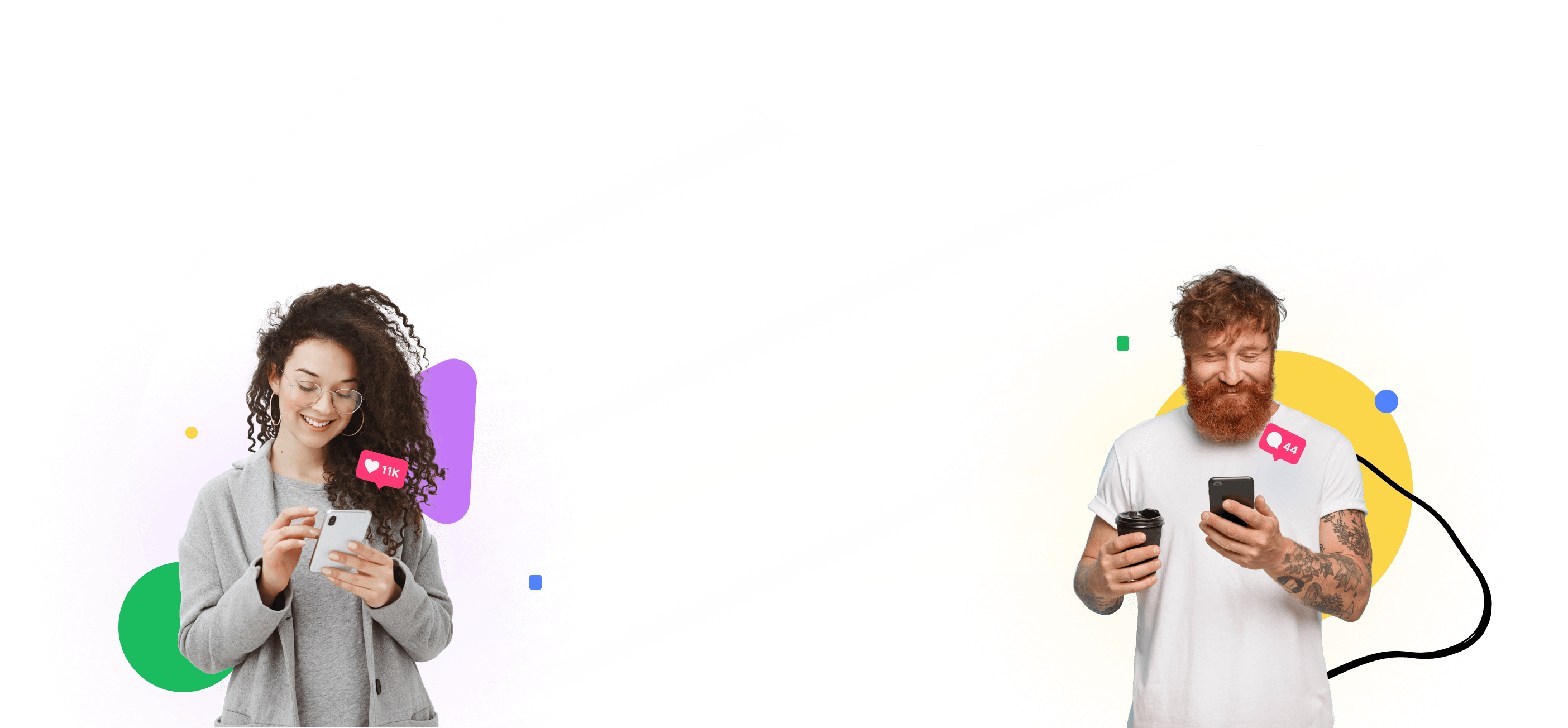Marketers often dream about a marketing strategy that runs itself - a set-it-and-forget-it system that brings leads, conversions, and brand awareness on autopilot. Well, the secret is out: that's not just a dream. With the help of Facebook automated marketing tools, this can be your reality.
In this comprehensive guide, we'll unpack the secrets of Facebook automation that big brands have been capitalizing on.
What is Facebook Automation?
Facebook automation is the process of using software, tools, or services to perform repetitive tasks on Facebook without manual intervention. These tasks can include posting updates, responding to comments, sending messages, and more. Facebook automation is a key component in a successful automated social media strategy.

Why Use Facebook Automation?
With over 2.7 billion monthly active users, Facebook is a marketing goldmine. But managing a Facebook page can be time-consuming. That’s where automation comes in. Automation allows you to:
- Save time and resources
- Maintain a consistent posting schedule
- Respond quickly to customer inquiries
- Analyze performance and adjust strategies in real-time
Secrets of Facebook Automation
Now, let's delve into the secrets that big brands leverage to maximize their Facebook automation efforts.
1. Automated Posting
Publishing content consistently is crucial to reach and engage your audience. However, manually posting content can be time-consuming. automated posting tools allow you to schedule posts ahead of time, ensuring a consistent content flow.
Best Practice:
✅Build a monthly content calendar that aligns with your marketing goals, product launches, or seasonal events.
✅Use tools like Meta Business Suite, MissingLettr, or your favorite social media scheduler to batch-schedule posts for maximum efficiency.
✅Include a mix of content types (images, videos, carousels, links) to keep your feed dynamic and engaging.
✅Leave space for spontaneous, real-time content (e.g. trends, memes, company news).
Common Pitfall:
⚠️Don’t schedule too far ahead without room to adapt. Social media is fast-moving, news cycles change, audience sentiment evolves, and trends come and go.
⚠️Failing to update pre-scheduled posts in response to current events or shifts in brand messaging can make your page feel tone-deaf or outdated.

2. Automated Responses
Responding quickly to comments and messages can improve customer satisfaction and engagement. Automated responses can help you achieve this, even out of business hours.
Best Practice:
✅Craft your automated responses with care. Avoid sounding robotic: use friendly language, emojis, and personalization where possible.
✅Use Facebook’s customizable greeting messages and “Instant Replies” features to welcome new messages and set expectations.
✅Consider setting up Messenger bots that route inquiries based on intent (e.g., “Looking for support?” or “Interested in pricing?”).
✅Periodically review your automated scripts to ensure they reflect your current tone, policies, and offers.
Common Pitfall:
⚠️Over-relying on automation can alienate your audience. If users sense they’re only talking to a bot, they may feel ignored or undervalued, especially when they’re frustrated or asking complex questions.
⚠️Always monitor and moderate your inbox and comment sections. Make it easy for a human team member to jump in and take over when nuance or empathy is required.

3. Automated Ad Campaigns
Facebook's automated ad campaigns can optimize your ads based on your objectives and audience behavior.
Best Practice:
✅Don’t just “set it and forget it”—set it, test it, and refine it.
✅Use A/B testing (via Facebook’s built-in tools) to try different creatives, headlines, and CTAs.
✅Segment your audience by demographics, interests, and behavior, then let automation optimize which segments perform best.
✅Try using Advantage+ Shopping Campaigns (ASC) or Campaign Budget Optimization (CBO) to let Facebook auto-distribute your budget to the highest-performing ad sets.
Common Pitfall:
⚠️Blind trust in automation can hurt performance. If you never review your campaigns, you might miss signs of ad fatigue, poor targeting, or wasted spend on low-performing audiences.
⚠️Make a habit of checking in weekly. Look at metrics like CTR, conversion rate, and ROAS, and adjust your creative or targeting based on real data.
Automation should amplify your strategy, not replace it. Think of it as a smart assistant—not an autopilot.
Conclusion
Facebook automation can be a game-changer for your marketing strategy. It can save you time, increase your efficiency, and improve your results. However, like any tool, it needs to be used correctly to reap its benefits.
Remember, automation should serve to enhance your marketing efforts, not replace them entirely. Keep the human touch in your interactions and keep a close eye on your campaigns for adjustments.
Ready to uncover more automation secrets? Check out our article, "The Automated Social Media Playbook: Set It and Forget It Marketing for 2025," and start transforming your social media strategy today!



